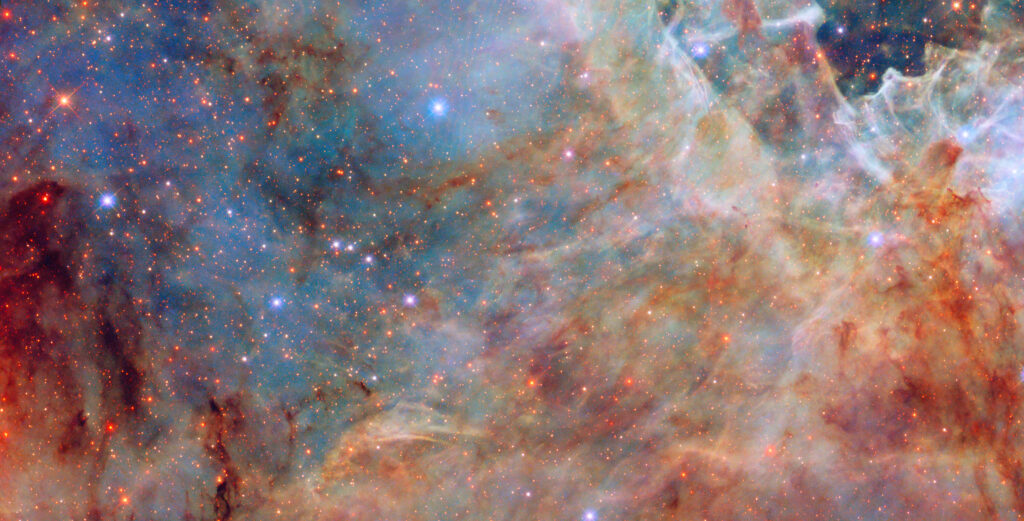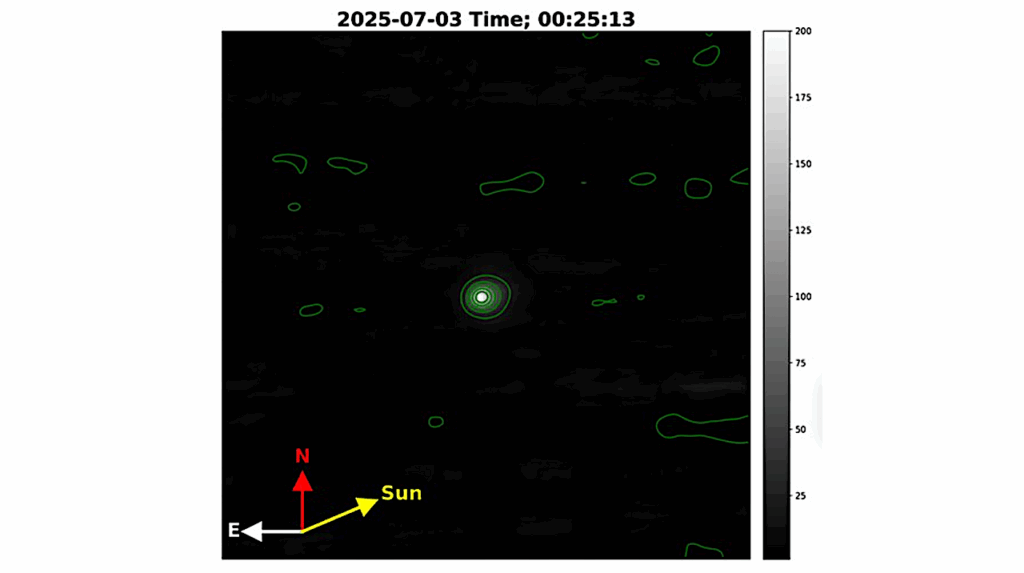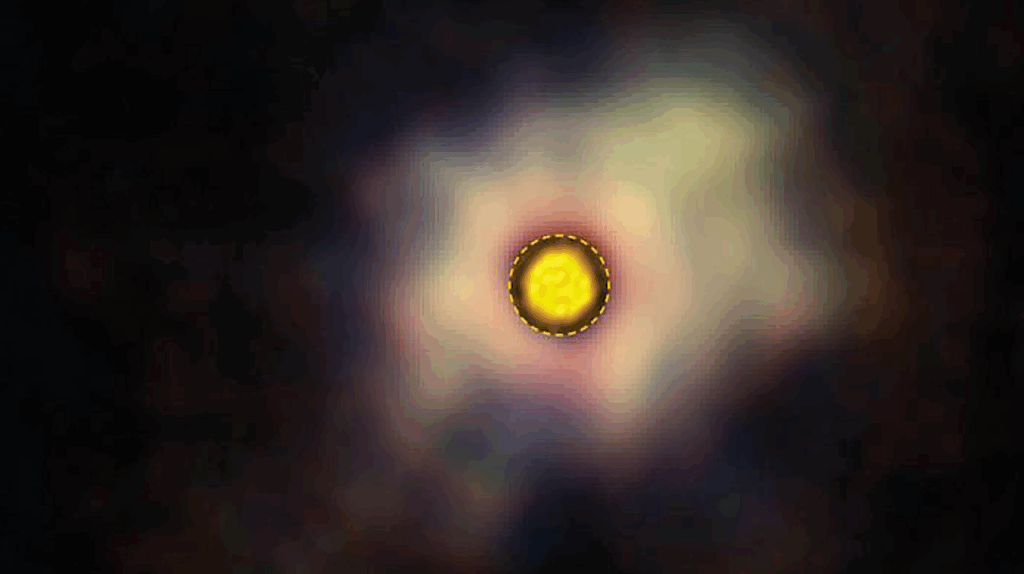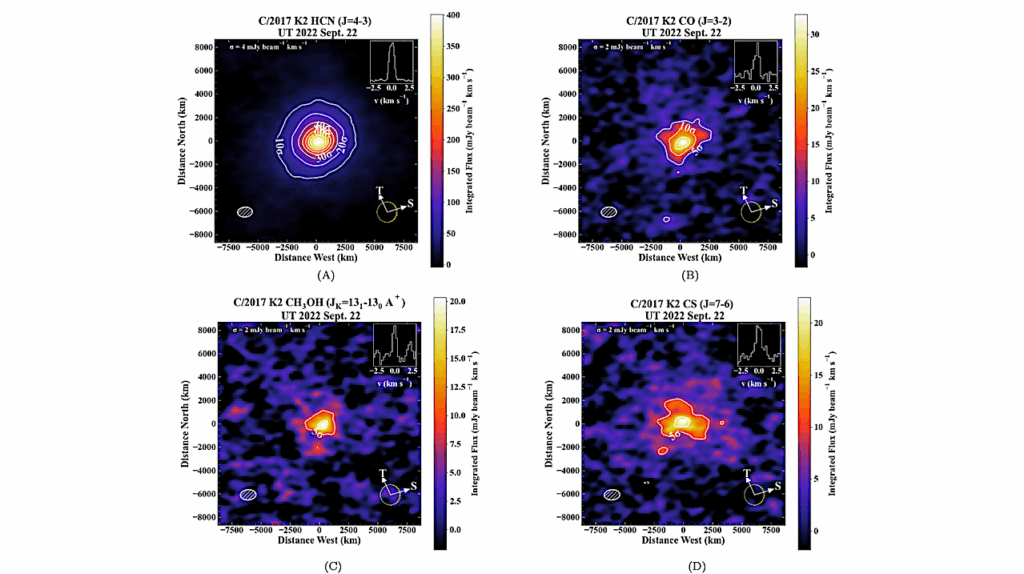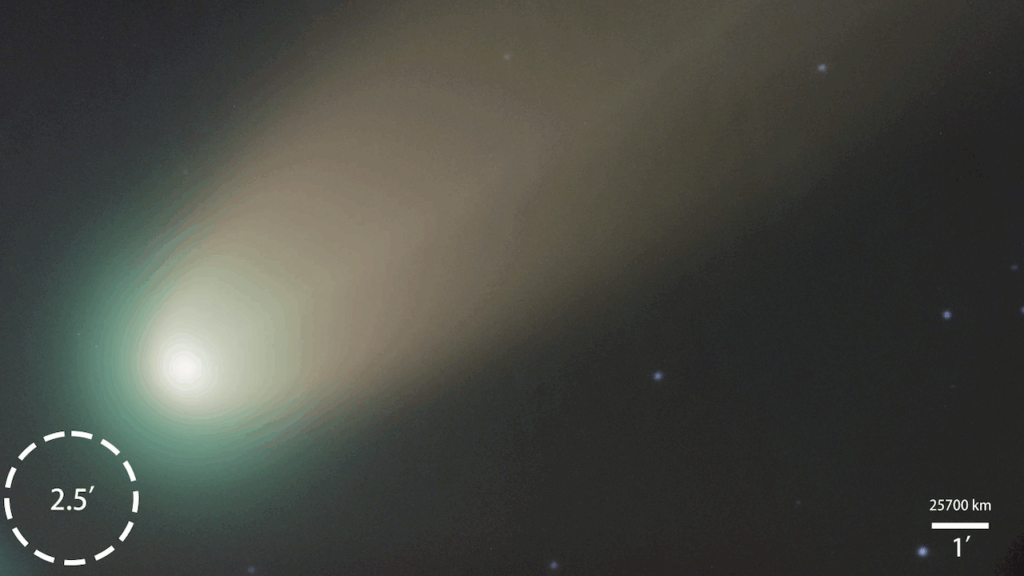Accretion of the Earliest Inner Solar System Planetesimals Beyond the Water-snowline

How and where the first generation of inner solar system planetesimals formed remains poorly understood. Potential formation regions are the silicate condensation line and water-snowline of the solar protoplanetary disk.
Whether the chemical compositions of these planetesimals align with accretion at the silicate condensation line (water-free and reduced) or water-snowline (water-bearing and oxidized) is, however, unknown.
Here we use Fe/Ni and Fe/Co ratios of magmatic iron meteorites to quantify the oxidation states of the earliest planetesimals associated with non-carbonaceous (NC) and carbonaceous (CC) reservoirs, representing the inner and outer solar system, respectively. Our results show that the earliest NC planetesimals contained substantial amounts of oxidized Fe in their mantles (3-19 wt% FeO). In turn, we argue that this required the accretion of water-bearing materials into these NC planetesimals.
The presence of substantial quantities of moderately and highly volatile elements in their parent cores is also inconsistent with their accretion at the silicate condensation line and favors instead their formation at or beyond the water-snowline. Similar oxidation states in the early-formed parent bodies of NC iron meteorites and those of NC achondrites and chondrites with diverse accretion ages suggests that the formation of oxidized planetesimals from water-bearing materials was widespread in the early history of the inner solar system.

Variations in the oxidation states of various solar system objects and reservoirs. The fO2 of all rocky bodies in the NC (red) and CC (blue) reservoirs (except for the enstatite chondrite (EC) and aubrite parent bodies) are several orders of magnitude higher than the nebular gas and CAIs47. Grouped NC IMPBs are not drastically more reduced than their CC counterparts. The fO2 of grouped NC IMPBs are similar to those of ungrouped IMPBs, non-magmatic irons, ordinary chondrites (OCs), and several other groups of achondrites from the NC reservoir. The fO2 prevailing during core-mantle differentiation Earth (final event), Mars, and the Moon also lie within the range of grouped NC IMPBs and other oxidized NC planetesimals. The two symbols for each grouped and ungrouped magmatic iron represent fO2 calculated using their Fe/Ni and Fe/Co ratios. The smaller symbols for IVA and IVB groups represent fO2 estimates from previous studies18,29 . Error bars for grouped and ungrouped magmatic irons represent 1σ deviation from the mean obtained by the propagation of uncertainty from individual terms in the fO2 calculation of Eq. 2. The plotted data are reported in Extended Data Tables 2, 3, and 4. — astro-ph.EP
Damanveer S. Grewal, Nicole X. Nie, Bidong Zhang, Andre Izidoro, Paul D. Asimow
Comments: 28 pages, 3 main figures, 6 Extended data figures, 4 Extended data tables
Subjects: Earth and Planetary Astrophysics (astro-ph.EP)
Cite as: arXiv:2408.17032 [astro-ph.EP] (or arXiv:2408.17032v1 [astro-ph.EP] for this version)
https://doi.org/10.48550/arXiv.2408.17032
Focus to learn more
Journal reference: Nature Astronomy 8: 290-297 (2024)
Related DOI:
https://doi.org/10.1038/s41550-023-02172-w
Focus to learn more
Submission history
From: Damanveer Grewal
[v1] Fri, 30 Aug 2024 06:07:04 UTC (1,086 KB)
https://arxiv.org/abs/2408.17032
astrobiology



